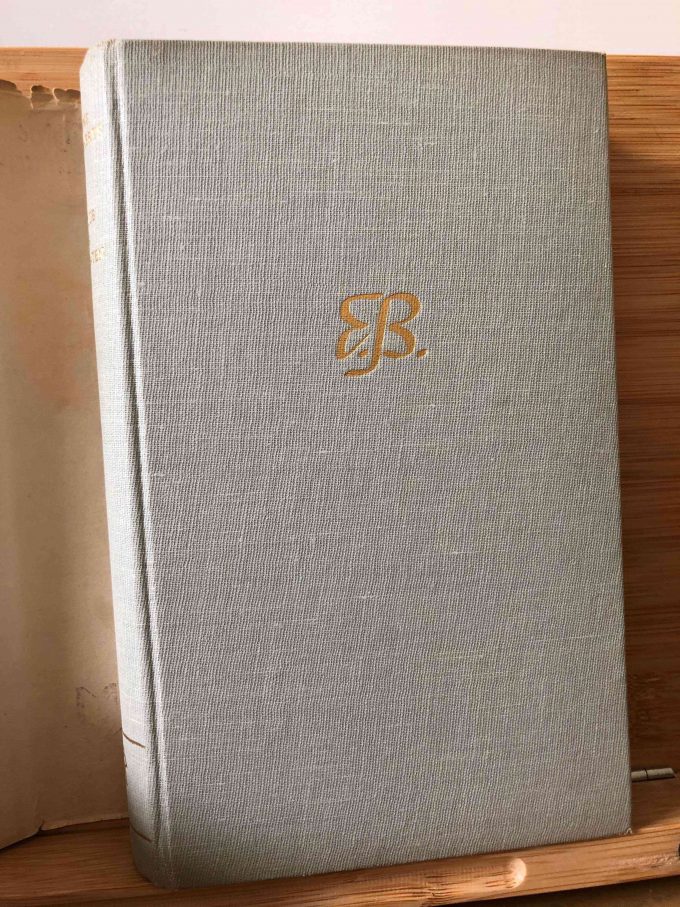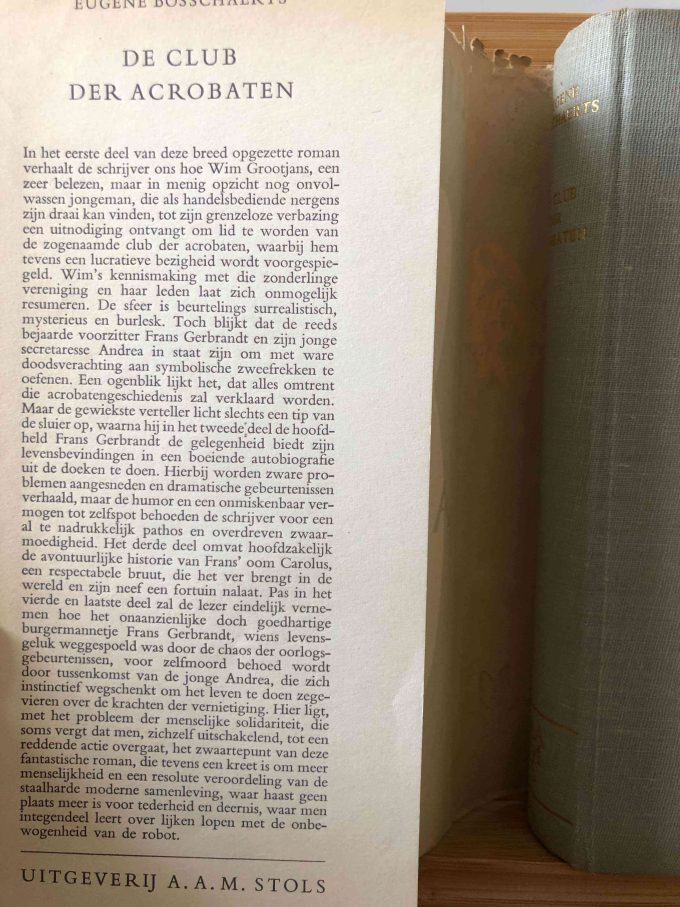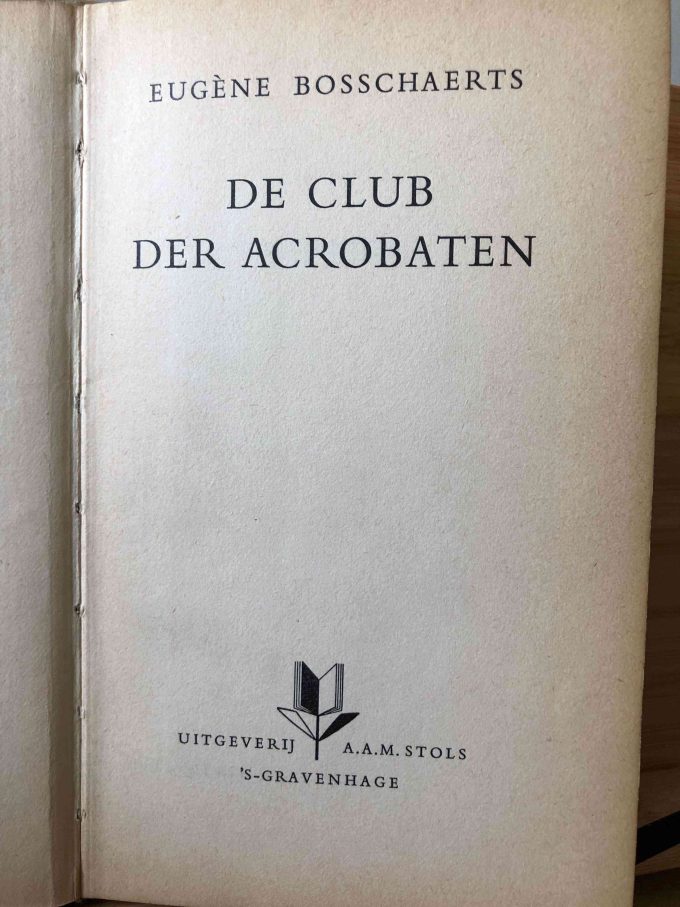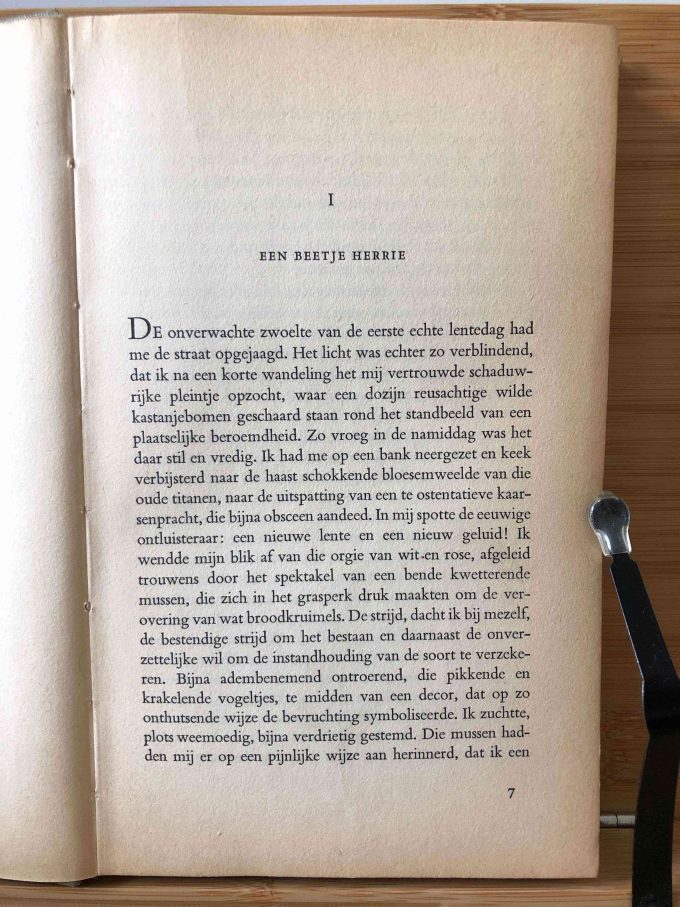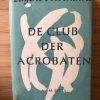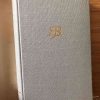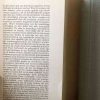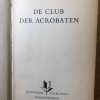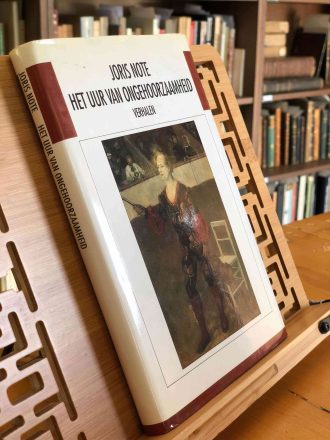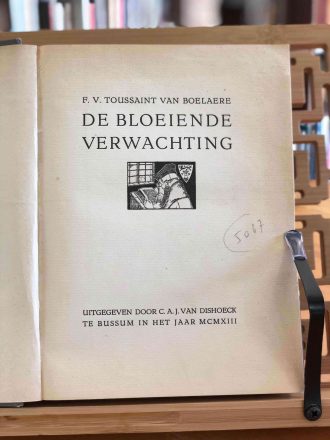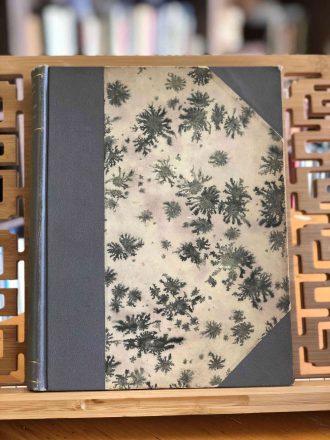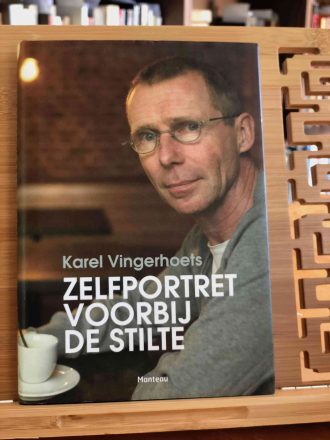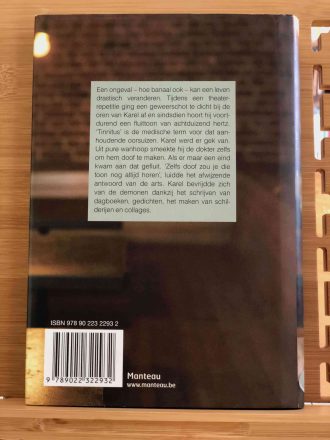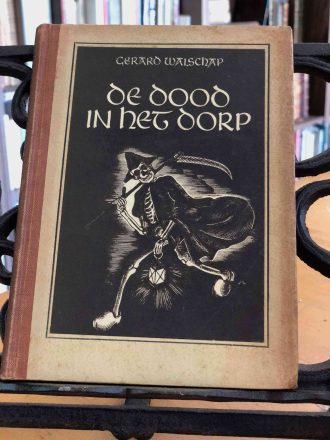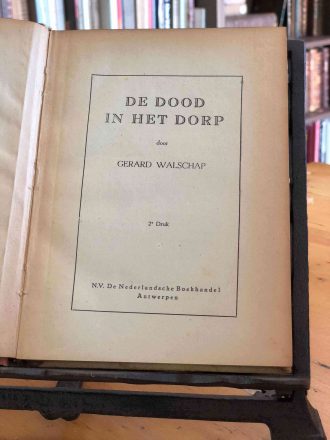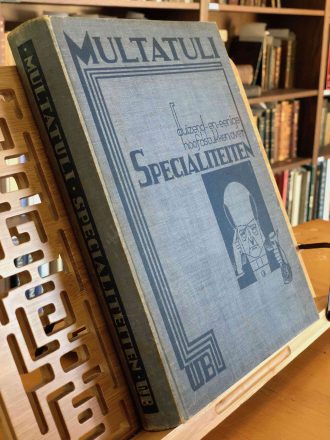Nederlands
De club der acrobaten (1958) van Eugène Bosschaerts is een boeiende stadsroman die de complexe levens van een groep acrobaten in de stad Antwerpen onderzoekt. Dit werk markeert een belangrijk punt in Bosschaerts’ literaire carrière als zijn eerste omvangrijke prozawerk, en biedt een rijk tapijt van verhalen die zowel humoristisch als introspectief zijn. De roman volgt de leden van een geheime club van acrobaten, elk met hun eigen unieke talenten en eigenaardigheden, terwijl ze door het leven navigeren met hun opvallende vaardigheden en ingewikkelde persoonlijke relaties.
De structuur van de roman is complex en weeft verschillende verhaallijnen samen, wat de lezer uitdaagt om de verbanden tussen de personages en hun verhalen te ontwarren. Door middel van scherpe observaties en ironische beschrijvingen, onthult Bosschaerts de diepere motivaties en verborgen pijn van zijn personages. De acrobaten, ondanks hun fysieke behendigheid en publieke persona’s, worstelen met interne conflicten, twijfels en verlangens. Hun acrobatische prestaties dienen als metaforen voor hun pogingen om balans te vinden in hun persoonlijke levens.
Bosschaerts’ stijl in De club der acrobaten is gekenmerkt door een verfijnde vertelkunst en een onderliggende ironie die vaak scherpe sociale commentaren levert. De roman biedt een unieke blik op het leven in een stad en de manieren waarop mensen zich aanpassen aan en verbinden met hun stedelijke omgeving. Terwijl sommige fragmenten luchtig en humoristisch zijn, onthullen andere de meer duistere en introspectieve kanten van de personages, waarbij de auteur een balans vindt tussen vermaak en diepgaande reflectie.
Het boek combineert Bosschaerts’ talent voor psychologische diepgang met zijn vaardigheid om complexe, levendige karakters te scheppen. Zijn gebruik van relativerende humor en sceptische ondertoon versterkt de algehele toon van de roman, waardoor het een rijke leeservaring biedt voor degenen die geïnteresseerd zijn in literaire fictie die zowel amuseert als uitdaagt.
Eugène Bosschaerts (1896-1965) was een Belgische schrijver en dichter, bekend om zijn scherp-ironische stijl en zijn vermogen om zowel humoristische als psychologische elementen in zijn werk te integreren. Geboren in Antwerpen, begon hij zijn carrière als dichter met de bundel De teere snaar in 1926, gevolgd door verschillende succesvolle publicaties, waaronder Het vrolijk leven van Tijl Uilenspiegel (1935). Zijn werk evolueerde van poëzie naar psychologische verhalen en uiteindelijk naar meer complexe romans.
Bosschaerts verliet na zijn vroege successen in de poëzie het dichterschap om zich te richten op proza, waarbij hij bekend werd om zijn verfijnde vertelkunst en de humoristische, soms burleske stijl. Zijn latere werk, zoals De club der acrobaten, toont zijn groei als schrijver, waarbij hij diepere thema’s verkent met een scherpe ironie en complexe narratieve structuren. Bosschaerts overleed in 1965 in Antwerpen, maar liet een blijvende indruk achter op de Vlaamse en Nederlandse literatuur door zijn innovatieve benadering van zowel vorm als inhoud in zijn werken.
English
De club der acrobaten (The Club of Acrobats), written by Eugène Bosschaerts and published in 1958, is an intriguing city novel that delves into the complex lives of a group of acrobats in the city of Antwerp. This work marks a significant point in Bosschaerts’ literary career as his first major prose work, offering a rich tapestry of stories that are both humorous and introspective. The novel follows the members of a secret club of acrobats, each with their own unique talents and quirks, as they navigate life with their remarkable skills and complicated personal relationships.
The structure of the novel is intricate, weaving together various storylines that challenge the reader to unravel the connections between the characters and their tales. Through sharp observations and ironic descriptions, Bosschaerts reveals the deeper motivations and hidden pains of his characters. The acrobats, despite their physical agility and public personas, struggle with internal conflicts, doubts, and desires. Their acrobatic feats serve as metaphors for their attempts to find balance in their personal lives.
Bosschaerts’ style in De club der acrobaten is characterized by refined storytelling and an underlying irony that often delivers sharp social commentary. The novel offers a unique glimpse into city life and the ways people adapt to and connect with their urban environment. While some passages are light and humorous, others reveal the darker and more introspective sides of the characters, with the author striking a balance between entertainment and profound reflection.
The book combines Bosschaerts’ talent for psychological depth with his ability to create complex, vibrant characters. His use of relativistic humor and a skeptical undertone enhances the overall tone of the novel, providing a rich reading experience for those interested in literary fiction that both entertains and challenges.
Eugène Bosschaerts (1896-1965) was a Belgian writer and poet known for his sharp-ironic style and his ability to integrate both humorous and psychological elements into his work. Born in Antwerp, he began his career as a poet with the collection De teere snaar (The Delicate String) in 1926, followed by several successful publications, including Het vrolijk leven van Tijl Uilenspiegel (The Merry Life of Till Eulenspiegel, 1935). His work evolved from poetry to psychological stories and eventually to more complex novels.
After his early successes in poetry, Bosschaerts left poetry to focus on prose, becoming known for his refined storytelling and humorous, sometimes burlesque style. His later work, such as De club der acrobaten, shows his growth as a writer, exploring deeper themes with sharp irony and complex narrative structures. Bosschaerts passed away in 1965 in Antwerp, but left a lasting impact on Flemish and Dutch literature with his innovative approach to both form and content in his works.

